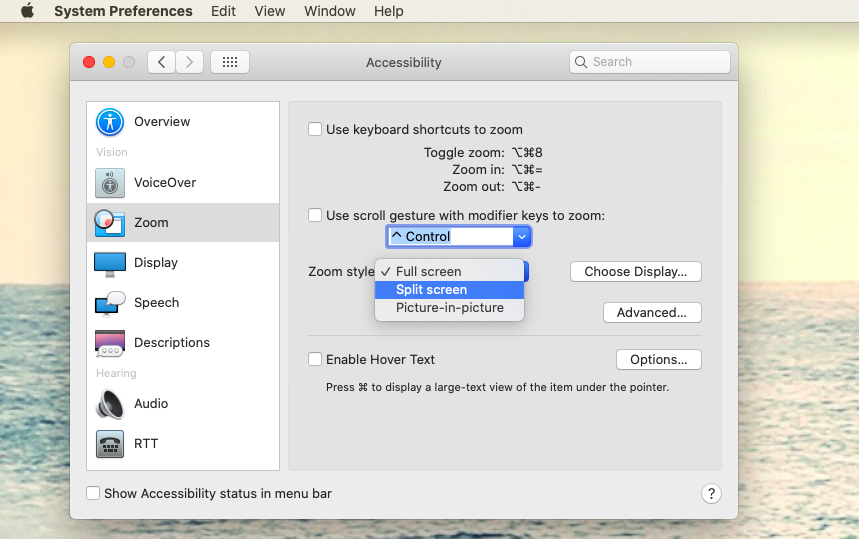
Move lyric syllable right by 0.01sp: Alt+ → Move lyric syllable left by 0.01sp: Alt+ ← Move lyric syllable right by 1sp: Ctrl+ → (Mac: Cmd+ →) Move lyric syllable left by 1sp: Ctrl+ ← (Mac: Cmd+ ←) Next lyric syllable: if the current and the next syllables are separated by a '-': -, else Space Rehearsal Mark: Ctrl+ M (Mac: Cmd+ M) Lyrics entryĮnter lyrics on a note: Ctrl+ L (Mac: Cmd+ L)

System text: Ctrl+ Shift+ T (Mac: Cmd+ Shift+ T) Page break on selected barline: Ctrl+ Return (Mac: Cmd+ Return) Articulations Lower pitch by semi-tone (prefer flat): ↓Ĭhange enharmonic spelling in both written and concert pitch views: JĬhange enharmonic spelling in current view only: Ctrl+ J (Mac: Cmd+ J)Īdd interval above current note: Alt+ Layoutįlip direction (stem, slur, tie, tuplet bracket, etc.): X Raise pitch by semi-tone (prefer sharp): ↑ Lower pitch by octave: Ctrl+ ↓ (Mac: Cmd+ ↓) Raise pitch by octave: Ctrl+ ↑ (Mac: Cmd+ ↑) Repeat selection: R (The selection will be repeated from the first note position after the end of the selection) Repeat previous note or chord: R (the repeat can be of a different note value by selecting duration beforehand) Pitches can be entered by their letter name (A-G), or via MIDI keyboard. Voice 4: Ctrl+ Alt+ 4 (Mac: Cmd+ Alt+ 4) Pitch an eighth note becomes a dotted eighth note a dotted eighth note becomes a quarter note) Voices Increase duration by one dot : (as of version 2.1) Shift+ W (e.g. a dotted quarter note becomes a quarter note a quarter note becomes a dotted eighth note) See also Note input.ĭecrease duration by one dot: (as of version 2.1) Shift+ Q (e.g. Previous element (accessibility): Alt+ ← Note inputġ. Top note in chord: Ctrl+ Alt+ ↑ (Ubuntu uses this shortcut for Workspaces instead)īottom note in chord: Ctrl+ Alt+ ↓ (Ubuntu uses this shortcut for Workspaces instead) Note above (within a chord or on higher staff): Alt+ ↑ Note below (within a chord or on lower staff): Alt+ ↓ Previous page: Pg Up or Shift + scroll up (Mac: Fn+ ↑) Next page: Pg Dn or Shift + scroll down (Mac: Fn+ ↓) Zoom out: Ctrl+ - (Mac: Cmd+ -) or Ctrl (Mac: Cmd) + scroll down Zoom in: Ctrl+ + (doesn't work on some systems) (Mac: Cmd+ +) or Ctrl (Mac: Cmd) + scroll up Navigationįind/Go to (measure number, rehearsal mark, or pXX when XX is a page number): Ctrl+ F (Mac: Cmd+ F) Below is a list of some of the initial shortcut settings. Apple built a completely new platform for Notes to enable these features, so users won’t be able to sync their notes to Macs running versions of macOS prior to 10.11 El Capitan, or to iDevices running a version prior to iOS 9.Most keyboard shortcuts can be customized via the menu: select Edit→ Preferences.→ Shortcuts (Mac: MuseScore→ Preferences.→ Shortcuts). The increased flexibility in changing the font style and size of your Notes comes with a small price in terms of compatibility. The change will apply to your existing notes in addition to any new notes you create. Move the slider to the left to make the default text size smaller, or move it to the right to make the default text size bigger. The Notes Preferences window will appear and you’ll see a slider option labeled Default text size. To do so, launch the Notes app and head to Notes > Preferences in the menu bar (or use the keyboard shortcut Command. If you want all of your notes to start with a larger font size, you can set that option as well in the Notes Preferences. The steps above allow you to change the font of selected parts of your notes, but new notes will revert back to the original default size. Change the Default Font Size in Notes for macOS In addition to using the Fonts window, you can use standard formatting keyboard shortcuts to modify your Notes text, such as Command-B for bold, Command-I for italics, or Command-= to increase size.

This will open the default macOS font window, where you can choose to format your selected text with any installed font at any size.

With your text selected, go to Format > Font > Show Fonts from the menu bar, or use the keyboard shortcut Command-T. Next, use your mouse or trackpad cursor to select some subset of your note, such as a word or sentence. To try it out, open an existing note or create a new note and type some text. Unlike older versions of the Notes app, which used a single font for all notes, the more advanced version of Notes found in macOS Sierra lets you change the font of individual words or lines within a note, just like you can with a word processor like Pages. Change Font and Size for Selected Text in Notes for macOS


 0 kommentar(er)
0 kommentar(er)
